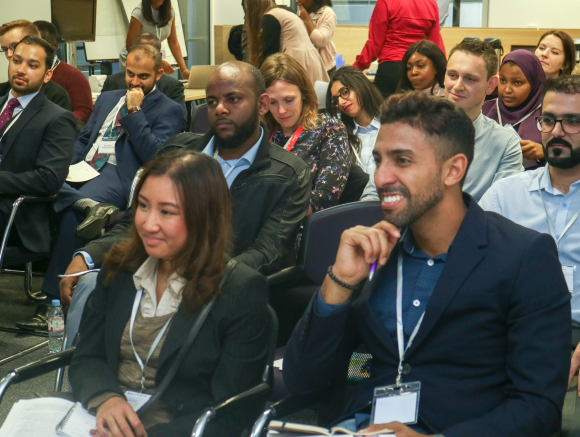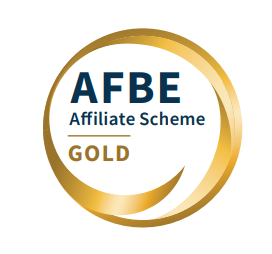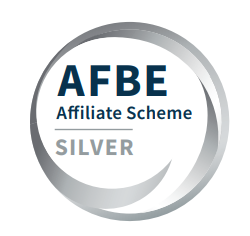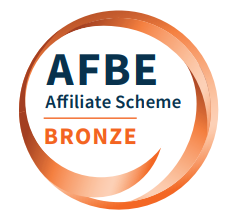
Engineering Ethnicity Index
The AFBE-UK Engineering Ethnicity Index is a definitive indexing tool for engineering companies to measure their progress on racial and ethnic inclusion in the workplace. Employers gain the most from the Index when they utilise it as a framework for development.

Criteria
- Race at Work Charter - Evidence of delivery
- Data – Equality Impact Assessment – Evidence of the impact of diversity measures resulting in a more representative workforce.
- Correlation of targeted initiatives with business performance
- Leadership in Management - Evidence of ethnic representation at senior leadership/C-Suite level
- Stakeholder Engagement - A commitment to ensure that there is diversity among contractors, sub-contractors, and companies within the supply chain
- People Strategy and Talent Management
- Inclusion of diversity and inclusion as a competency on which staff are appraised
- A commitment to implement and embed equality, diversity, and inclusion at all stages of the organisations people strategy and talent management process
Example
- Employee resource groups are fully empowered and have oversight/responsibility in the collection of data/evaluation of diversity programmes
- Executive sponsorship programmes for middle managers from ethnic minority backgrounds
- Black, Asian or minority ethnic-owned companies/consultants are within the supply chain/hold tenders
- Anti-racism training for all staff
- Diversity as a Key Performance Indicator

Criteria
- Race at Work Charter - A clear plan for delivering the actions in
- Data – Equality Impact Assessment – Evidence of a system for data collection on ethnicity of staff, recruits, applicants, and contractors. Evidence of a system for pay gap reporting.
- Leadership in Management - EA process for tracking diversity at all levels in an organisation. A plan for ensuring career progression to leadership
- Stakeholder Engagement - A commitment to ensure that contractors, sub-contractors, and companies with the supply chain adopt diversity and inclusion policies. Embedding of “social value” in contracts
Example
- Fully resourced and empowered employee resource group
- BPʼs Leadership Inclusion for talent programme
- Reverse mentoring programme
- Invitations to tender, and requests for proposals assess applicantsʼ commitment to racial and ethnic diversity
- Transparency in the routes to progression
- Transparent and fair reward and recognition
- Unconscious bias training for all staff
- Outreach programmes, including to universities, Black-led charities/youth organisations
- Internship programme
- Using situational strengths tests in recruitment

Criteria
- Race at Work Charter - Sign up to the charter
- Data – Equality Impact Assessment – EA commitment to capture qualitative and quantitative baseline
- Company Culture - Creating of safe spaces for minority ethnic employees Plan for Inclusive Recruitment
- Plan for Education of staff around microaggressions
- AFBE Brand Monitor Score
Example
- Employee resource Groups/creating safe spaces
- HR system to capture employee ethnicity data – e.g. use of Workday
- Collecting the data for all applicants at interview stage for all candidates for every role
- Organising lunch and learn/informal sessions on the ethics of ethnic diversity
- Publishing of a diversity and inclusion strategy regarding race and ethnicity
- Company has sought to understand how they are viewed by Black, Asian, and minority ethnic engineers through the AFBE brand monitor
- Recruitment is open, transparent and roles are advertised in areas likely to be seen by minority ethnic engineers
- Transparency and objectivity at each stage of recruitment
- Mentoring programme
- Use relevant and appropriate language in job specifications
